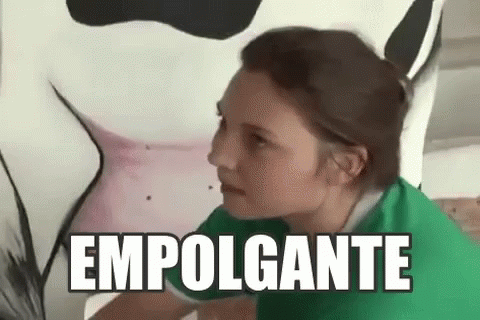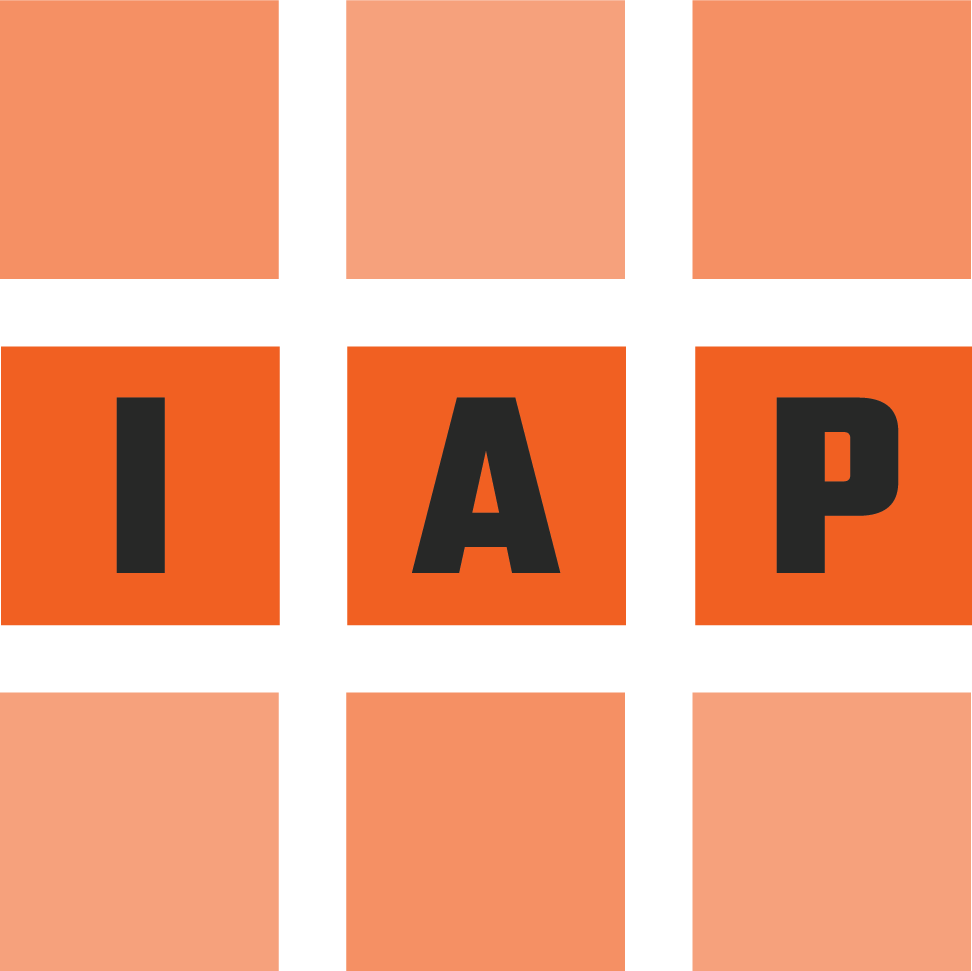
After our chat about ChatGPT, let's now dive into the real purpose of this column, which is to discuss entrepreneurship, particularly brand design and digital life. And we'll start by addressing a very important topic: the visual identity of your company.
Many unusual things happen in the day-to-day life of an advertising agency. However, one of the most frequent issues is entrepreneurs of all ages and levels of experience arriving at the office claiming that their previous agency stole from them. Having dealt with this issue extensively, I ask why they believe this, and the answer is always the same: 'The visual identity of my company didn't turn out the way I asked.' Really? Tell me more about that.
Jokes aside, this happens so frequently that I decided to investigate the causes of such dissatisfaction between agencies or designers and entrepreneurs. Perhaps 'investigate' is a bit of a euphemism because the answer is more than obvious and doesn’t require two hours of investigation. It can be broken down into a few points, which I will list below:
1. Most entrepreneurs think it's a waste to invest in a good identity
Yes. Building a good visual identity for your business is expensive. It's costly because it requires research and time to develop, using the services of skilled professionals with years of experience in the field. Haha. That would be the designer's dream come true. But unfortunately, many entrepreneurs choose services based on price, which often results in projects that lack quality. I understand that in a market like Brazil, where entrepreneurship often arises more from necessity than from the pursuit of fulfillment, heavily investing in your company's brand might not be feasible. However, a poor identity can harm a brand as much as Brazilian taxes hurt your wallet.
2. The entrepreneur doesn’t know what to ask the professional for
Even those who understand the importance and invest in creating their brand's visual identity often don’t know what to ask for in a meeting. I’m not saying that an entrepreneur in the tourism industry, for example, should know the ins and outs of graphic design principles. However, they should be able to express their idea of what their company is, what it does, and who it serves much better than they typically manage. As a result, the briefing often ends up being inadequate, which translates into a frustrating project outcome. Here, let’s acknowledge a fault on our part. Often, the professional doesn’t create a briefing that’s foolproof against evasive clients or simply lacks the patience to extract the maximum amount of information needed. To you, designer, I recommend patience and not being afraid to return to the client with more questions. But I digress.
3. Personal taste doesn’t create good brands
I’ll never forget a client here at the agency who wanted to build a company producing vegan foods based on jackfruit. But she was adamant that her visual identity had to be entirely pink. Why? Because pink was her favorite color.

Look, if pink is your favorite color, that’s great. But will it clearly communicate your brand to customers on a supermarket shelf? Certainly not. It’s essential to separate personal taste from what works for your project. I always remember the case of Camila Farani (Yes, THE Camila Farani) who mentioned losing R$ 250,000 because she opened a café entirely in shades of lilac, which led people to think it was a candy shop. This is why you’re paying the designer: they know which colors to choose so your project is immediately recognizable to customers. Share your personal taste with them, but remember that the brand should speak louder than its owner. Otherwise, you’ll end up losing money.
Finally, a rarer point but one that does happen: 'I created my identity with you, but I’m not selling. You deceived me.'
Well, the visual identity itself won’t guarantee increased sales. It helps establish your product's identity. You know McDonald's is red and yellow and don’t confuse it with Burger King precisely for that reason. What will make you stand out in the market is how you serve your customers, your pricing, the research you did to choose your store’s location, the marketing tools you use (which also need a well-executed identity project), and so on. Visual identity is just the first (and significant) step towards that.
There is no real antagonism between the hired designer and the entrepreneur. Expectations of both the payer and the creator should always be aligned to establish a good commercial relationship. My recommendations to professionals were covered in point 2. To clients, I recommend that before hiring a GOOD professional, you research your idea, the target audience it serves, and what you aim to achieve with your brand.
This way, you avoid unnecessary friction and make the professional an ally in your quest for brand growth.
And if you think your visual identity isn’t looking great, don’t hesitate! Click the link to learn more about my company. The consultation is free. See you in 15 days! Always on Wednesdays, always at 9 PM.
Márcio Cabral is a filmmaker, graphic designer, advertiser, and entrepreneur. He is the executive director at IAP Propaganda, and one of the founding partners of 40EMAIS. onde esse artigo foi publicado originalmente.
